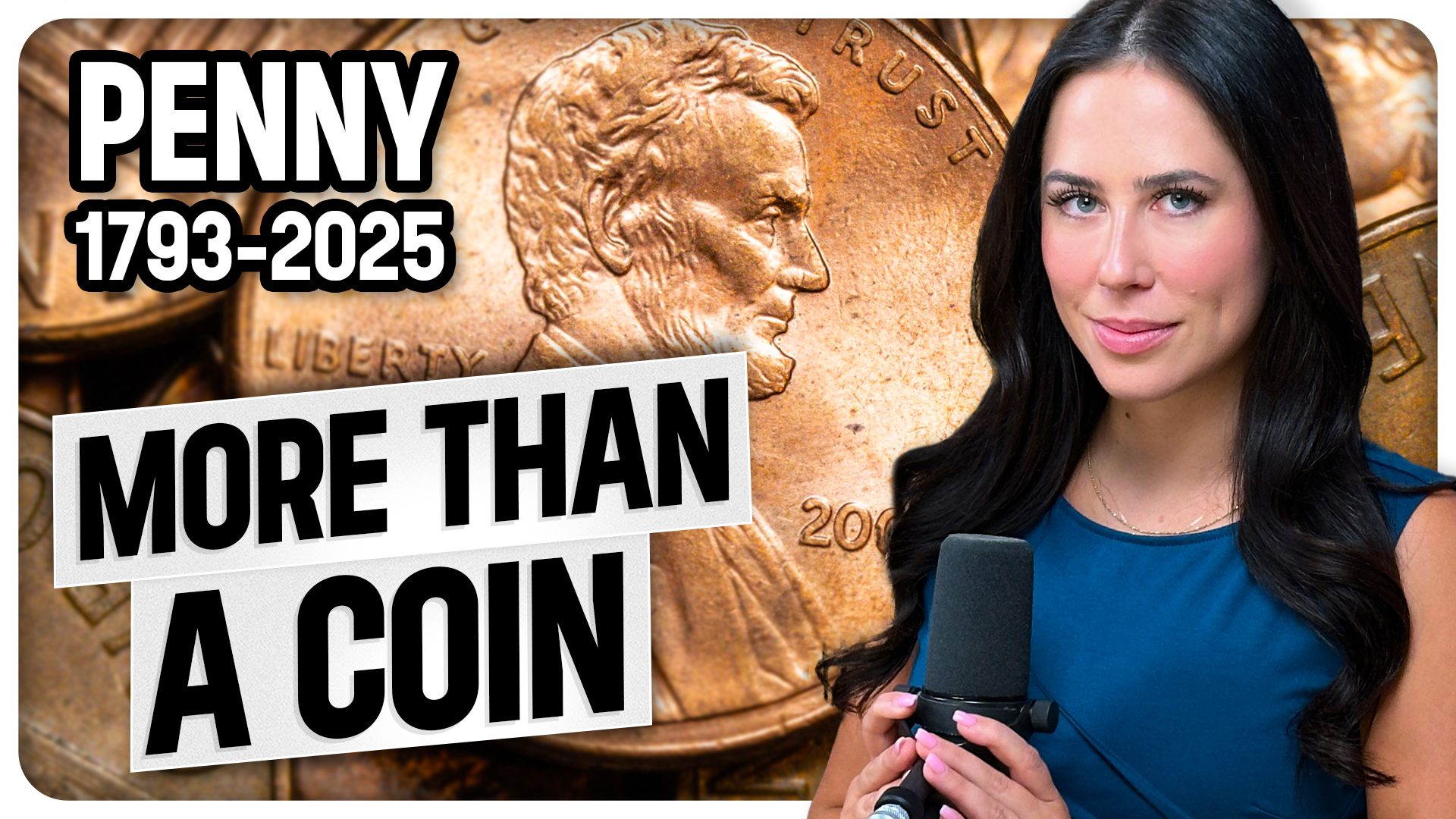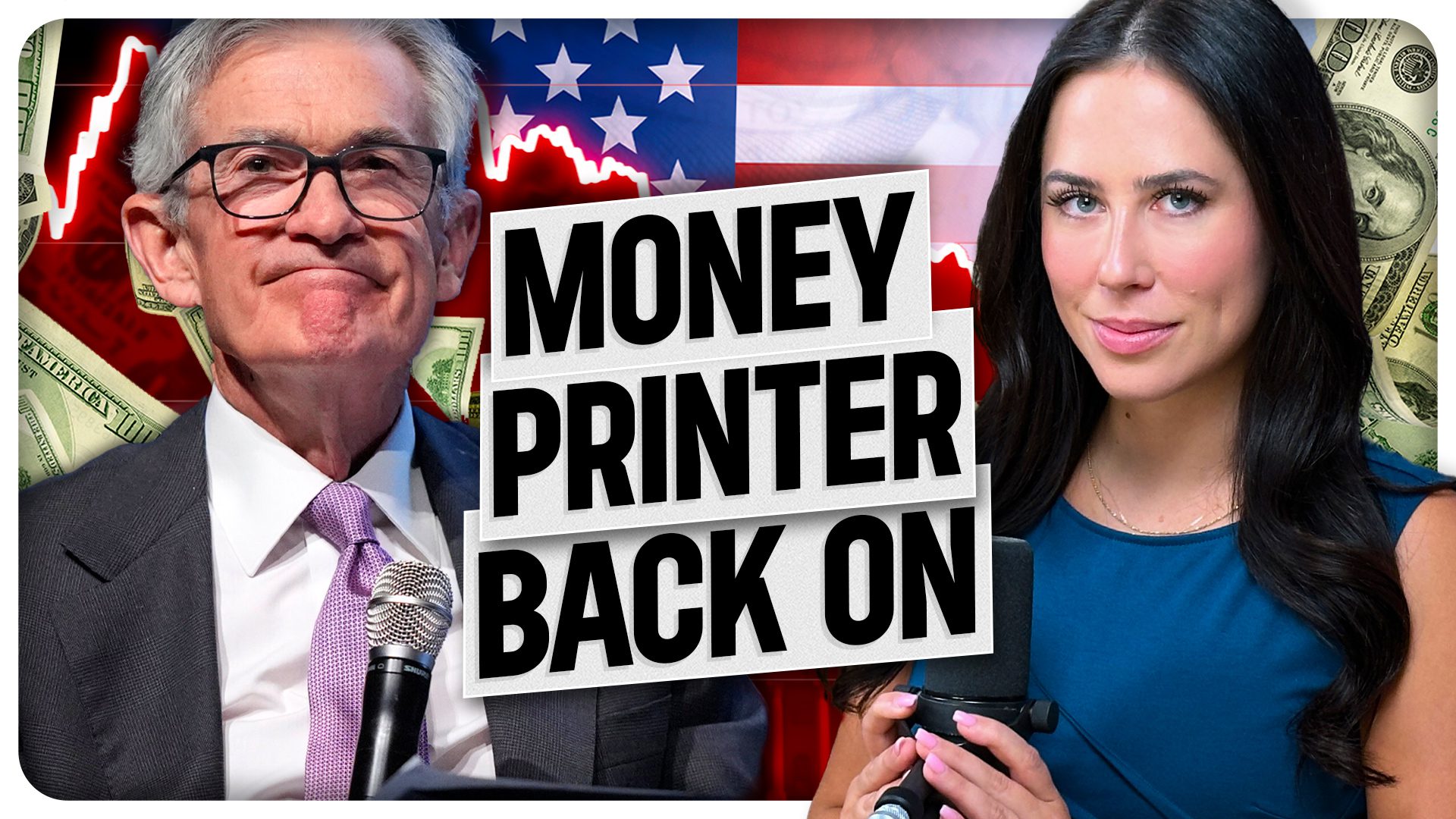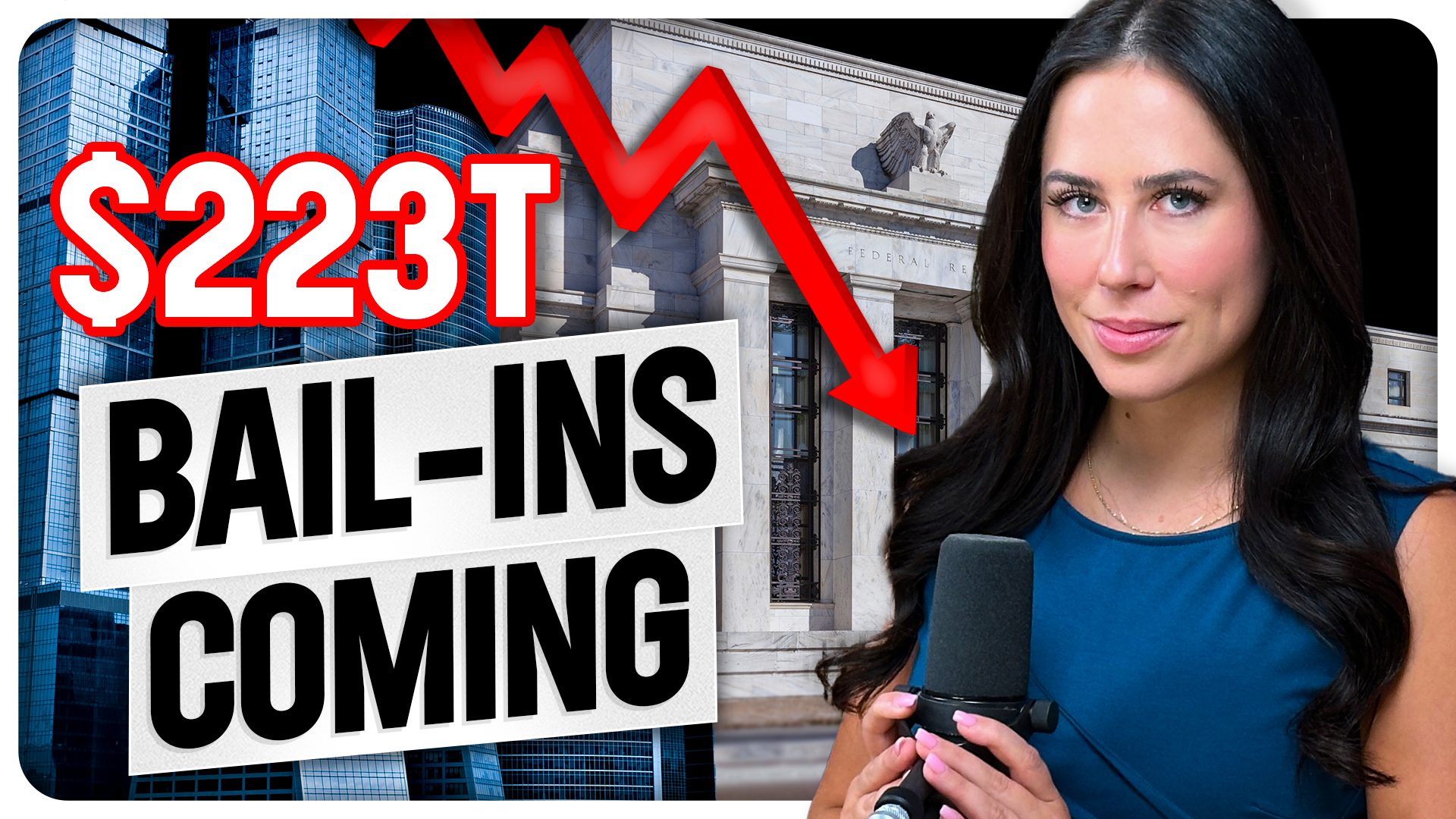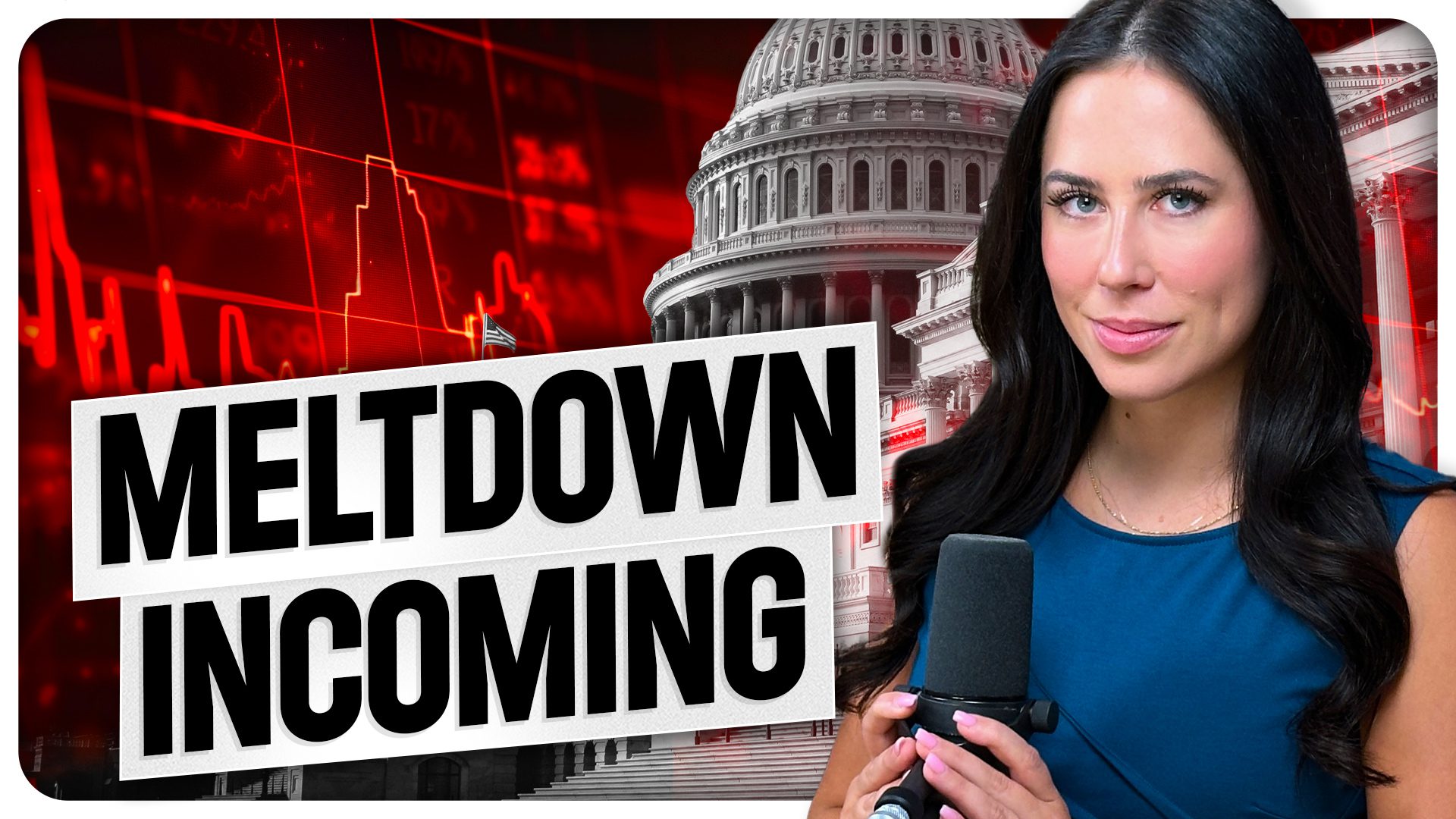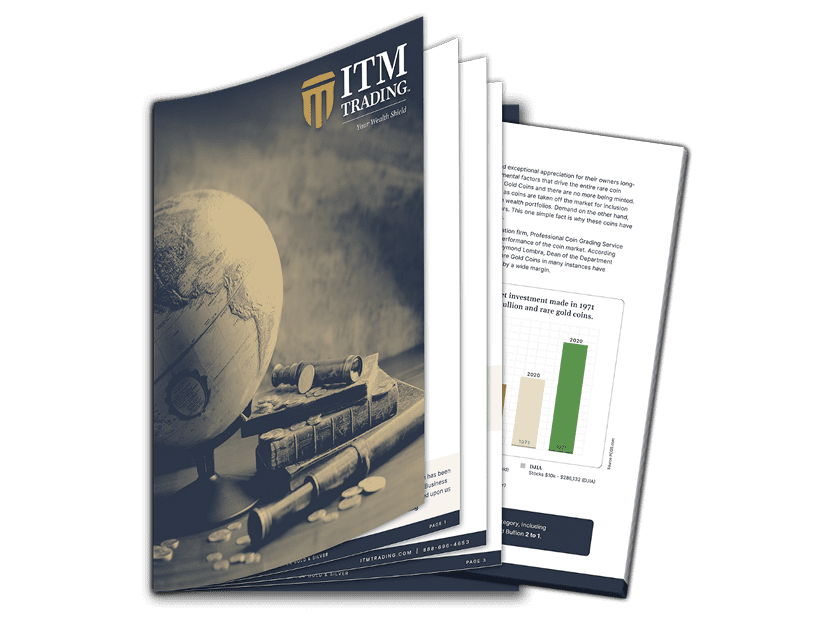Stealth Bailout Begins as $10B Buyback Hides Collapsing Demand
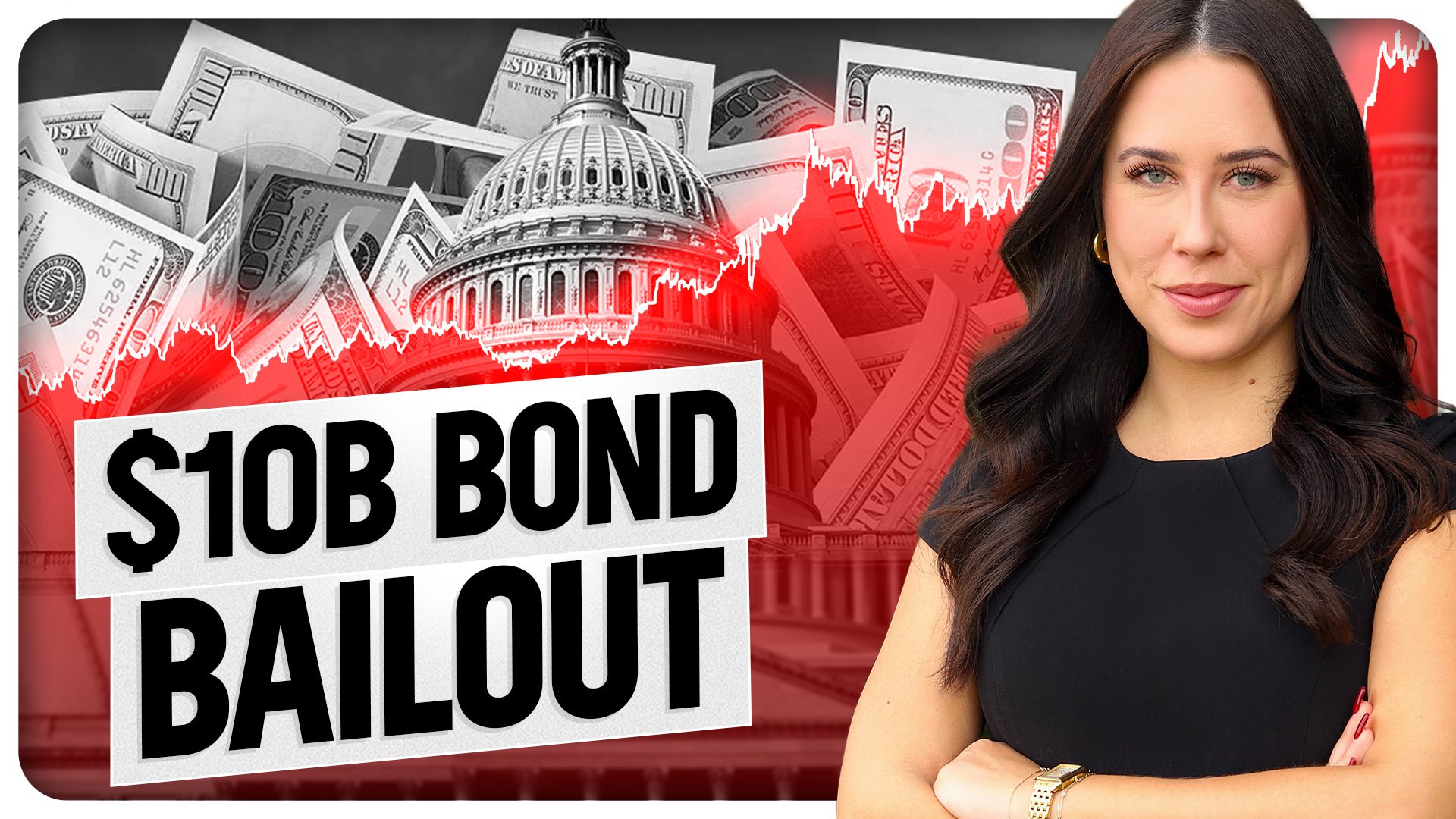
The U.S. Treasury just executed the largest debt buyback in history. In this urgent update, Taylor Kenney breaks down what this means for you, your savings, your retirement and most importantly, how to protect your wealth before it’s too late.
Why This Buyback Matters
The Treasury is repurchasing its own bonds, not with newly printed money (as in traditional quantitative easing), but with existing funds. This distinction has led some to label it “QE lite.” Regardless of terminology, the effect is the same: propping up a weakening bond market.
This isn’t the first buyback in history. The last significant one occurred in 2000 when the U.S. enjoyed a budget surplus. Today, the context couldn’t be more different. There is no surplus—only escalating debt and shrinking demand for U.S. Treasuries. That alone should raise alarm bells.
A Shrinking Appetite for U.S. Debt
The Treasury is stepping in because traditional buyers are backing away. As demand for treasuries declines, yields are rising, making it more expensive for the government to borrow. In 2025 alone, the U.S. must refinance nearly $8 trillion in debt. With higher interest rates, the cost of rolling over this debt becomes unsustainable.
This leaves the government with three options: pay off the debt (impossible), refinance at higher rates (unsustainable), or print more money (inevitable). The last option, though not labeled as a default, has the same consequences: the devaluation of the U.S. dollar.
Silent Defaults Have Happened Before
History offers sobering lessons. In 1933, President Franklin D. Roosevelt confiscated gold and devalued the dollar by 40% overnight. In 1971, President Nixon severed the dollar’s tie to gold, defaulting on America’s international obligations. In both cases, those who held their wealth in physical gold and silver preserved their purchasing power—and often came out ahead.
Today’s silent default comes through inflation. You may still get repaid in dollars, but those dollars are worth significantly less. Inflation quietly erodes wealth, making it the most dangerous form of theft—and the hardest to detect until it’s too late.
Contaminating the System
This buyback is not an isolated event. It’s part of a broader trend: the Federal Reserve rolling over its bond holdings, Treasury Secretary Scott Bessent insisting the U.S. will “never default,” and banks being encouraged to absorb more bonds with reduced capital requirements. These moves are desperate attempts to maintain confidence in a system that is faltering.
But adding more questionable assets to our financial institutions only increases the risk. These so-called “safe” bonds could rapidly depreciate, triggering a financial domino effect. It all points to one conclusion: the government may be forced to turn to the printing press in a way we haven’t seen before.
Why Gold and Silver Are More Relevant Than Ever
For financially conservative Americans—particularly those nearing or in retirement—this is not the time for complacency. The Treasury buyback, the inflationary pressure, and the potential for systemic failure all signal a need for action.
At ITM Trading, we believe that real wealth lies in tangible assets. Physical gold and silver are time-tested stores of value that cannot be debased or manipulated in the same way as fiat currency. They offer true financial privacy, independence, and resilience against economic shocks.
What You Can Do Now
Whether you’re worried about inflation, the dollar’s purchasing power, or the risk of a financial collapse, now is the time to act—not later.
Get expert guidance from our team of analysts with 28+ years of experience. Schedule a free Q&A 👉 SCHEDULE YOUR CALL HERE or call 866-351-4219.
“The ITM team offers something unique—direct, personal guidance. What stood out to me right away was that they weren’t just focused on making a sale. Instead, they took the time to build my understanding of the function and value of precious metals.” — Gary P. [Verified Google Review]
